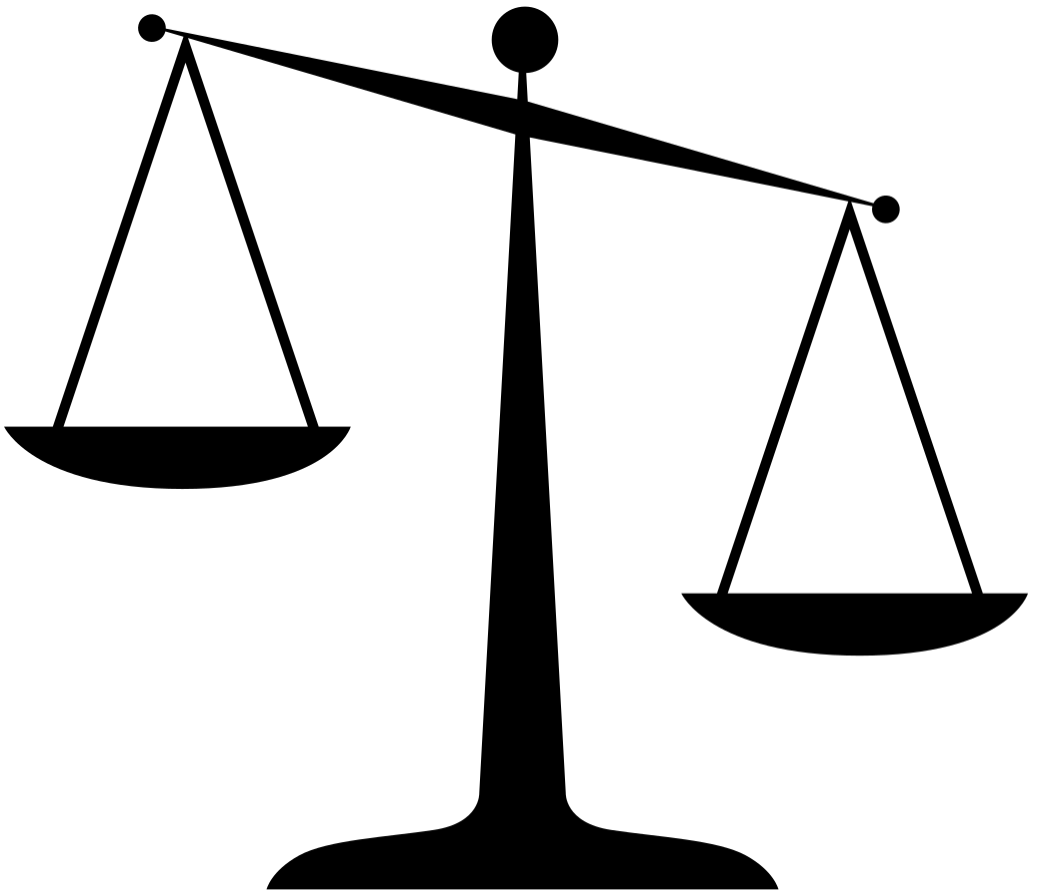On election night, a rainbow settled over the United States capital. Like so many of the events in this past year, it seemed stranger than fiction, an overdone theatrical device used more for the sake of its looks than its purpose. Nonetheless, shine it did, heralding the new wave of Democratic politicians heading to Washington DC. This cohort includes hundreds of women- including the first two Muslim-American and Native American- and many more triumphant firsts. In light of November’s “rainbow wave”, an assessment of the clouds seems to be in order.
Saudi Arabia. Pakistan. China. Mexico. In the arena of gender parity, each of these countries consistently outperform the United States, which, before the midterms, ranked 104th globally in female political representation. This is a staggering statistic, and as scandal after scandal demonstrate, it is also an urgent problem. With 2018’s promise of being “the year of the woman,” it is important to examine why the US is so far behind its peers and, equally as important, its adversaries when it comes to political gender parity. Rather than just lamenting the data, it will be crucial to articulate clear steps that must be taken if the United States is to reach political equality in Congress.
There is a diverse array of solutions to solve the lack of gender representation in politics. They include broad-based voting reform, individual participation and changes in legislative practices or regulations. Of course, as with any debate of this magnitude, it will be impossible to fully address the issue of representation without comprehensive institutional reform. In the midst of such a seemingly unsolvable and complex problem, there are opportunities for immediate change. Political parties can make clearly attainable strides toward equality without waiting for wide-ranging solutions. One such reform would be adopting gender recruitment targets.
Encouraging women to run for office is “one of the central challenges to achieving gender parity in the United States,” and political parties, PACs, and community leaders have a large role to play in challenging that norm. In general, women aren’t running not because they “don’t actually want those positions,” -as has been suggested by opponents- but because of the increased obstacles associated with being a female candidate. Take, for example, the criticism of Hillary Clinton during the 2016 presidential campaign centering around her voice and appearance.
It is true that in the 2018 midterm elections, more individual women have decided to run for office. Nonetheless, without the institutional support of the political gatekeepers, the female wave will most likely recede once again. After all, 1992 was also supposed to be the “year of the woman.”
The four top-ranked countries in gender parity, Rwanda, Cuba, Bolivia, and Mexico, all have some form of official (constitutionally mandated like in Rwanda) or unofficial (practice of “positive discrimination” like in Cuba) gender quota. This is not a coincidence. These practices accelerate a process that would otherwise take decades to achieve. Undoubtedly, the histories behind these decisions are unique to their respective countries: In Rwanda’s case, the quota is explicitly connected to the genocide.
The United States’ path also seems to be approaching a need for change. Especially within the context of the #MeToo movement, when American culture seems ripe for a drastic shift, gender recruitment targets are an inspired way to move forward with actionable change.
Of course, it would be irresponsible not to note the varying levels of political stability and repression in the above countries. Equal representation in government should not be confused with equality. Rather, representation is only part of the battle; there must be cultural change in order to cement the policy reform. Still, achieving gender parity would not only be an excellent start, but would also be a springboard from which more reforms could take off.
Gender parity should not be a politically divisive issue, if for no other reason than the government should reflect the population. There is, however, more at play. In fact, anecdotal and quantitative evidence show that female lawmakers are actually less partisan and more willing to compromise. Moreover, according to a study from American University, women “work harder for their constituents” and prioritize community needs. Such objectively productive qualities would be exponentially expanded if more women ran for office, given the importance of mentorship in encouraging more participation. With gender targets forcing community leaders to actively recruit and support more female candidates, more women- especially younger women- would see the possibilities.
However, institutional support is not the end of this conversation: as political parties, PACs, and community leaders work together in order to achieve equal representation in government, they must also invest in cultural change, legislative reforms, and in women themselves. Gender recruitment targets are, nevertheless, a necessary place to start on the much longer road of political parties, PACs, and community leaders looking to cement the progress that appears at the end of the rainbow.
